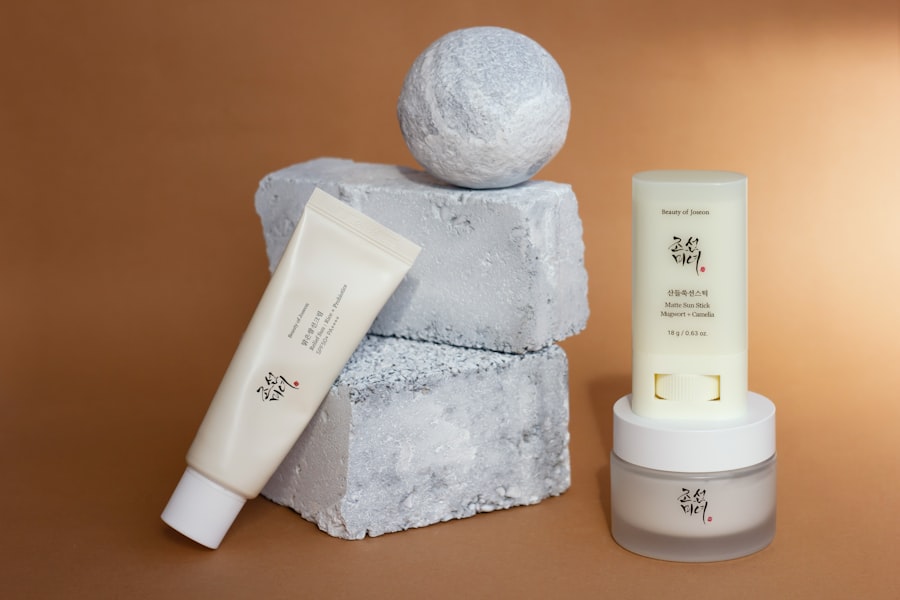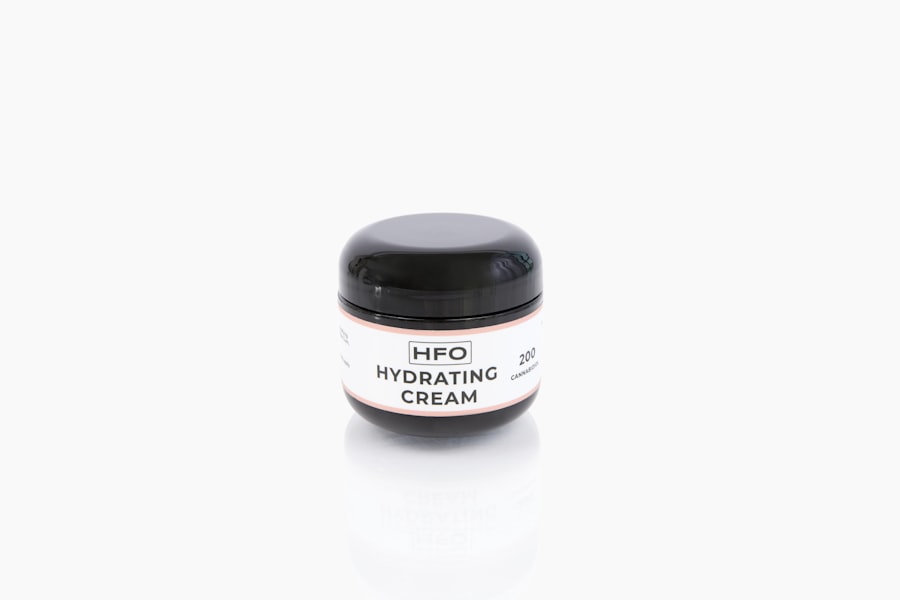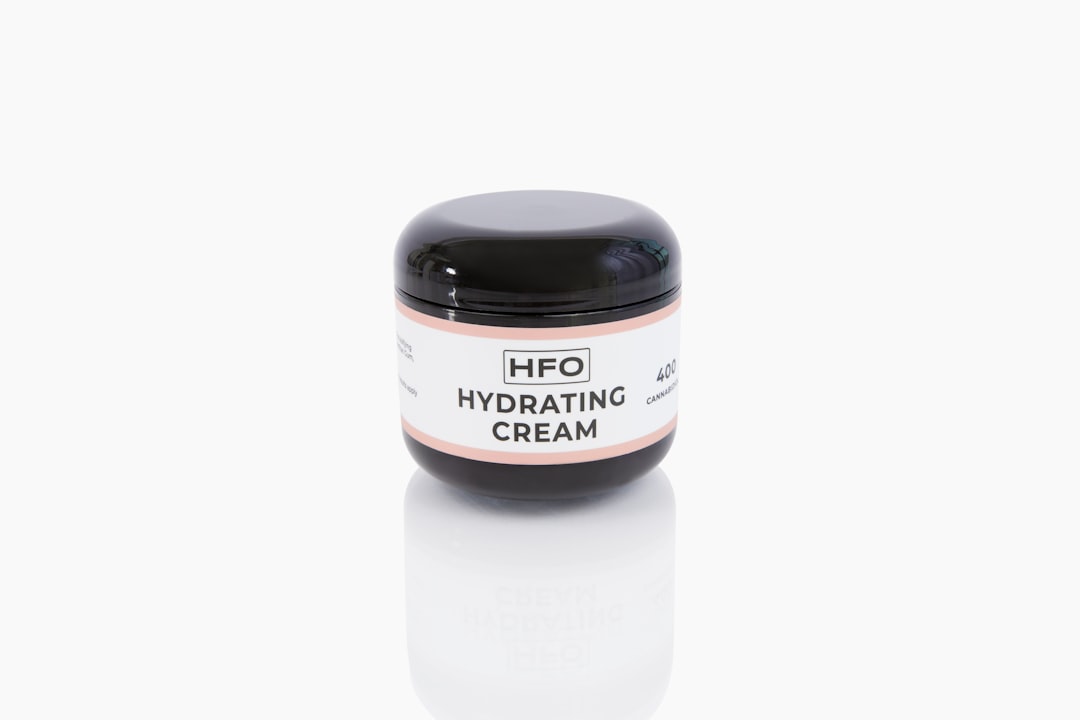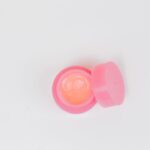After undergoing a cosmetic procedure, it’s essential to grasp the aftercare process to ensure optimal healing and results. You may find that the days following your treatment are just as crucial as the procedure itself. Understanding what to expect can help you navigate this period with confidence.
Aftercare is not merely a set of instructions; it is a vital component of your overall treatment plan. It involves a series of steps designed to promote healing, minimize discomfort, and enhance the final outcome of your procedure. You should familiarize yourself with the specific aftercare guidelines provided by your dermatologist or practitioner.
These instructions are tailored to your individual needs and the type of treatment you received. Whether it’s a laser treatment, chemical peel, or injectable procedure, each has its own set of aftercare requirements. By adhering to these guidelines, you can significantly reduce the risk of complications and ensure that your skin heals properly.
Remember, your skin is in a sensitive state post-treatment, and taking the time to care for it will pay off in the long run.
Key Takeaways
- Aftercare process is crucial for optimal results and to minimize potential complications after a dermatological treatment.
- Managing discomfort and redness is important through the use of recommended medications and soothing techniques.
- Protecting the treated area from sun exposure is essential to prevent pigmentation issues and other complications.
- Proper hydration and moisturization of the treated area aids in the healing process and promotes optimal results.
- Avoiding certain activities and products, such as harsh skincare ingredients and vigorous exercise, is necessary to prevent irritation and complications.
Managing Discomfort and Redness
Experiencing some discomfort and redness after a cosmetic procedure is entirely normal. You may notice that your skin feels sensitive or slightly swollen, which can be unsettling. However, understanding that these sensations are part of the healing process can help you manage them more effectively.
Over-the-counter pain relievers, such as ibuprofen or acetaminophen, can be beneficial in alleviating discomfort. Always consult with your dermatologist before taking any medication to ensure it’s appropriate for your situation. In addition to medication, applying cold compresses can provide immediate relief from swelling and redness.
You can use a clean cloth soaked in cold water or ice packs wrapped in a towel. Gently placing these on the affected areas for short intervals can help soothe your skin. It’s important to avoid applying ice directly to your skin, as this can cause further irritation.
By taking these steps, you can create a more comfortable environment for your skin to heal while minimizing visible signs of treatment.
Protecting the Treated Area from Sun Exposure

One of the most critical aspects of aftercare is protecting your skin from sun exposure. After a cosmetic procedure, your skin is particularly vulnerable to UV rays, which can lead to complications such as hyperpigmentation or prolonged redness. You should make it a priority to keep your treated area shielded from direct sunlight. Wearing a wide-brimmed hat and seeking shade whenever possible are simple yet effective strategies to protect your skin.
In addition to physical barriers, applying a broad-spectrum sunscreen with an SPF of 30 or higher is essential. You should choose a sunscreen that is specifically formulated for sensitive skin and free from irritating ingredients. Reapplying sunscreen every two hours, especially if you’re outdoors, will help safeguard your skin from harmful rays.
By taking these precautions, you not only protect your investment in your appearance but also promote healthier skin in the long run.
Proper Hydration and Moisturization
| Metrics | Proper Hydration and Moisturization |
|---|---|
| Skin Hydration Level | Optimal hydration level should be around 30-40% |
| Moisturizer Usage | Recommended to use moisturizer at least twice a day |
| Water Intake | Recommended to drink at least 8 glasses of water per day |
| Hydration Benefits | Improves skin elasticity, reduces dryness and flakiness |
Keeping your skin hydrated and moisturized is another crucial element of aftercare.
You should focus on using gentle, hydrating products that are free from fragrances and harsh chemicals.
Look for moisturizers containing ingredients like hyaluronic acid or glycerin, which can help draw moisture into the skin and maintain its elasticity. In addition to topical hydration, drinking plenty of water is vital for overall skin health. Staying well-hydrated helps support your body’s natural healing processes and can improve the appearance of your skin.
Aim for at least eight glasses of water a day, adjusting based on your activity level and climate. By prioritizing both external and internal hydration, you create an optimal environment for your skin to recover and thrive.
Avoiding Certain Activities and Products
During the recovery phase, it’s essential to avoid specific activities and products that could interfere with your healing process. High-impact exercises, such as running or weightlifting, may increase blood flow and exacerbate swelling or redness in the treated area.
Additionally, be cautious about using certain skincare products during this time. Exfoliants, retinoids, and products containing alcohol or fragrances can irritate sensitive skin post-treatment. Instead, opt for gentle cleansers and soothing serums that promote healing without causing further irritation.
By being mindful of what you apply to your skin and how you engage in physical activities, you can support a smoother recovery process.
Monitoring for Signs of Infection or Complications

As you navigate through the aftercare process, it’s crucial to remain vigilant for any signs of infection or complications. While most individuals experience mild side effects that resolve within a few days, being aware of potential issues can help you address them promptly. Look out for symptoms such as increased redness, swelling that worsens over time, or discharge from the treated area.
If you notice any of these signs, don’t hesitate to contact your dermatologist for guidance. In addition to physical symptoms, pay attention to how you feel overall. If you experience fever or chills alongside localized symptoms, it may indicate an infection that requires immediate medical attention.
Early intervention is key in preventing complications and ensuring that your recovery remains on track. By staying informed and proactive about your health, you can contribute significantly to a successful healing journey.
Following Up with Your Dermatologist
Regular follow-up appointments with your dermatologist are an integral part of the aftercare process. These visits allow your practitioner to assess how well you’re healing and address any concerns you may have. During these appointments, don’t hesitate to ask questions about your recovery or express any discomfort you’re experiencing.
Your dermatologist is there to support you and provide guidance tailored to your unique situation. In some cases, follow-up visits may include additional treatments or adjustments to your aftercare plan based on how your skin responds post-procedure. Staying engaged with your dermatologist ensures that you receive personalized care throughout your recovery journey.
By maintaining open communication and attending scheduled appointments, you can enhance the likelihood of achieving the best possible results from your treatment.
Long-Term Maintenance and Touch-Up Treatments
Once you’ve completed the initial aftercare process and achieved satisfactory results from your cosmetic procedure, it’s essential to consider long-term maintenance strategies. Your skin will continue to change over time due to factors such as aging and environmental exposure. To preserve the results of your treatment, incorporating a consistent skincare routine is vital.
This routine should include daily cleansing, moisturizing, and sun protection. Additionally, touch-up treatments may be necessary to maintain the effects of your initial procedure over time. Depending on the type of treatment you received, scheduling periodic touch-ups can help sustain your desired appearance and address any new concerns that arise as you age.
Discussing these options with your dermatologist will allow you to create a long-term plan that aligns with your goals and keeps your skin looking its best. In conclusion, understanding the aftercare process is essential for anyone undergoing cosmetic procedures. By managing discomfort and redness effectively, protecting treated areas from sun exposure, ensuring proper hydration and moisturization, avoiding certain activities and products, monitoring for signs of infection or complications, following up with your dermatologist regularly, and planning for long-term maintenance and touch-up treatments, you can significantly enhance your recovery experience and achieve lasting results.
Your commitment to aftercare will ultimately reflect in the health and appearance of your skin for years to come.
For more information on laser hair removal aftercare instructions at home, check out this helpful article on inlaserhairremoval.com. This article provides detailed tips and guidelines for taking care of your skin post-treatment to ensure the best results. It covers topics such as moisturizing, avoiding sun exposure, and managing any potential side effects. Following these instructions can help you maintain smooth and hair-free skin for longer periods.
FAQs
What is laser hair removal?
Laser hair removal is a cosmetic procedure that uses a concentrated beam of light (laser) to remove unwanted hair. The laser targets the pigment in the hair follicles, damaging them and inhibiting future hair growth.
What are the aftercare instructions for laser hair removal at home?
After laser hair removal, it is important to avoid sun exposure, hot showers, and excessive sweating for the first 24-48 hours. It is also recommended to apply aloe vera gel or a soothing lotion to the treated area to help with any discomfort or redness.
How long should I wait before exfoliating the treated area?
It is best to wait at least 5-7 days before exfoliating the treated area to avoid irritating the skin.
Can I shave or use hair removal creams after laser hair removal?
It is safe to shave the treated area after laser hair removal, but it is best to avoid using hair removal creams as they can be harsh on the skin.
How many sessions of laser hair removal are typically needed for best results?
Most people require 6-8 sessions of laser hair removal for optimal results, spaced 4-6 weeks apart. This is because hair grows in different cycles and multiple sessions are needed to target all the hair follicles.
What are the potential side effects of laser hair removal?
Common side effects of laser hair removal include redness, swelling, and mild discomfort in the treated area. In rare cases, blistering, scarring, or changes in skin pigmentation may occur. It is important to follow aftercare instructions and seek professional advice if any concerns arise.





